Inspiring Innovation
As a kid, you’re taught to use your imagination. As an adult, you sometimes forget it was a skill you even possessed. We strive to educate youth on ways to harness the power of their imagination and incorporate it into a career path as an adult. At the 2019 Michigan Invention Convention in April, hundreds of students in grades 3-12 converged at the Henry Ford Museum of American Innovation for an interactive and interdisciplinary opportunity to experience the invention process, by creating and pitching original ideas. We hosted a vendor table at the event and had the opportunity to teach students about the power of storytelling through workshops on mobile filmmaking and social media.During the mobile filmmaking workshop, our education leadsMallory Patterson and Randy Strobel had students break into small groups, come up with preposterous ideas for inventions, and pitch them on film. Students identified the need behind their idea, the gap in the market it could potentially fill and why someone should invest in their invention. The exercise taught students how to make mobile films while identifying problems, formulating solutions, and effectively conveying their thoughts.“We exist in a world where kids are digital natives, already connected to technology,” Mallory said. “Our goal is to show them how to incorporate technology into education and careers.”
At the 2019 Michigan Invention Convention in April, hundreds of students in grades 3-12 converged at the Henry Ford Museum of American Innovation for an interactive and interdisciplinary opportunity to experience the invention process, by creating and pitching original ideas. We hosted a vendor table at the event and had the opportunity to teach students about the power of storytelling through workshops on mobile filmmaking and social media.During the mobile filmmaking workshop, our education leadsMallory Patterson and Randy Strobel had students break into small groups, come up with preposterous ideas for inventions, and pitch them on film. Students identified the need behind their idea, the gap in the market it could potentially fill and why someone should invest in their invention. The exercise taught students how to make mobile films while identifying problems, formulating solutions, and effectively conveying their thoughts.“We exist in a world where kids are digital natives, already connected to technology,” Mallory said. “Our goal is to show them how to incorporate technology into education and careers.” At the 2019 National Invention Convention in May, also held this year at the Henry Ford, Randy and Mallory again facilitated two workshops for students. This time, students from across the country participated. The workshops focused on inventing and mobile filmmaking.Mallory and Randy utilized apps, devices, and their own expertise to create a space for students to unleash their creativity, build on existing technology, and tell their stories. Both witnessed the impact on the students even shortly after the workshop ended. A few students realized after practicing pitching their ideas, they could come up with a pitch to their parents to get a good camera to utilize their new filmmaking skills.“We try to remind the students that they don’t need expensive equipment to start telling stories,” Randy said. “They already have the ideas and the technology in the palm of their hands.”
At the 2019 National Invention Convention in May, also held this year at the Henry Ford, Randy and Mallory again facilitated two workshops for students. This time, students from across the country participated. The workshops focused on inventing and mobile filmmaking.Mallory and Randy utilized apps, devices, and their own expertise to create a space for students to unleash their creativity, build on existing technology, and tell their stories. Both witnessed the impact on the students even shortly after the workshop ended. A few students realized after practicing pitching their ideas, they could come up with a pitch to their parents to get a good camera to utilize their new filmmaking skills.“We try to remind the students that they don’t need expensive equipment to start telling stories,” Randy said. “They already have the ideas and the technology in the palm of their hands.” Working with the students in a project-based learning environment taught them technical and social skills. The 21st-century skills of digital media literacy and creative collaboration allow students to use their tools and talents to effectively express themselves in the classroom, community, and in a future career.
Working with the students in a project-based learning environment taught them technical and social skills. The 21st-century skills of digital media literacy and creative collaboration allow students to use their tools and talents to effectively express themselves in the classroom, community, and in a future career.

